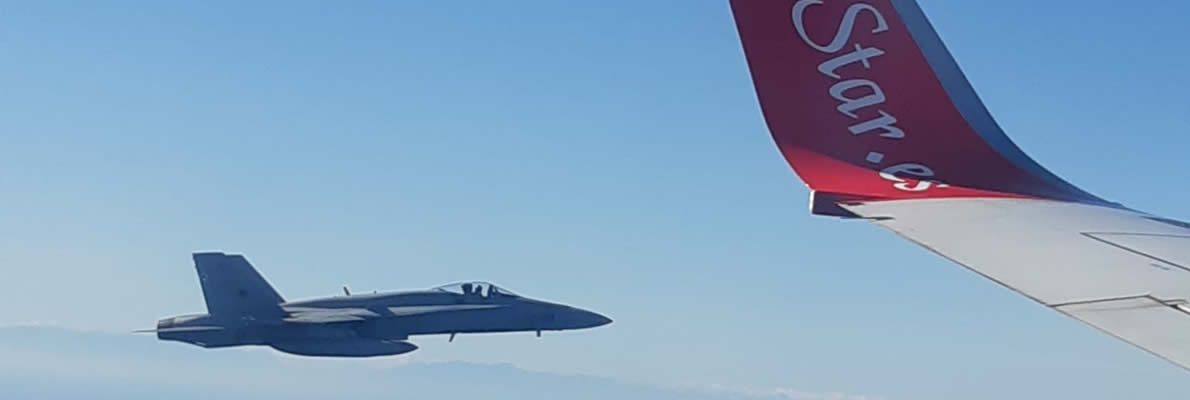Aircraft hijacking drill at Malaga airport – Costa del Sol

Yesterday, 12/11/19 we participated in a drill this year regarding the procedures to be adopted in the event of the hijacking of an aircraft. The drill was carried out at Malaga’s airport and was organised by the Agencia Estatal de Seguridad Aérea (AESA), that is, the Spanish Ministry of Development’s Aviation Safety and Security Agency, together with Spain’s Ministry of Interior Affairs (National Police and Civil Guard), the Spanish Air Force, the aeronautical management company Aena, the public company ENAIRE and the Delegation of the Government of Andalusia.
Right from the start, 5 months ago, we got involved in the design and planning phases through technical training courses addressed to all groups involved. We have set ourselves the objective to guarantee continuous training for any of our staff who could potentially be involved in an event of this kind. Our intent is also to correctly apply relevant legislation in force.
The drill began on one of our Boeing 737-800s that took off from Malaga airport.
A few minutes after take-off, the captain informed the control tower that a hijacking was underway.
Upon the air traffic controller acknowledging the event, the relevant security protocols were put in place. Members of the National Police and the Spanish Civil Guard joined the various aircraft hijacking intervention committees required by current legislation. Said committees are presided over as regards airports by the subdelegate of the Government of Malaga and at a national level by Spain’s Secretary of State for Security.
Subsequently, contact was made with the hijackers to learn about their intentions, so to take appropriate action directed at obtaining the release of hostages and regaining control of the aircraft. After several hours of negotiation, the Special Tactical Unit intervened and succeeded in overpowering the hijackers.
Upon the release of the passengers and the crew, the exercise was declared complete and the various safety devices were deactivated. At the end of the simulation, the experts representing all the subjects involved identified potential points of improvement to be amended in the relevant protocols of action.

